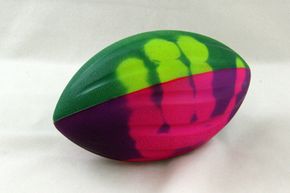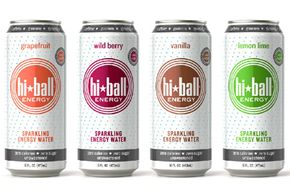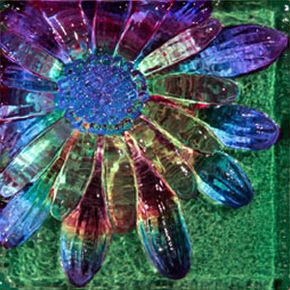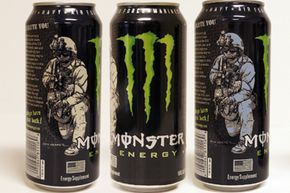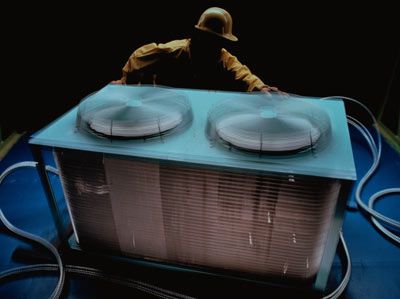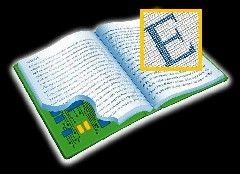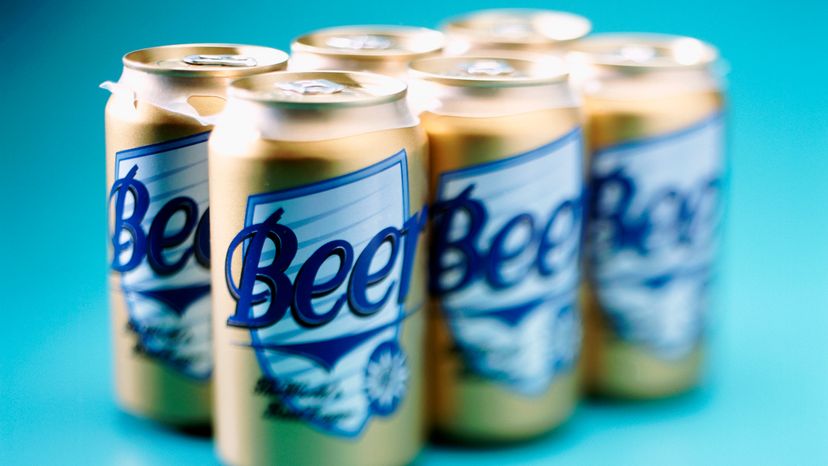
In life, the only thing that stays the same is change. The only exception to that rule, of course, is the color of paint on your car. You might really hate that lime green, but there is no way -- no way -- you're going through the expensive and time-consuming chore of painting it all over again. You wish that the colors of the things in your life were as dynamic as life itself.
Well, sometimes our possessions and paints really can change color, thanks in part to thermochromic ink technology. Thermochromic inks take advantage of thermochromism, which refers to materials that change their hues in response to temperature fluctuations. Still hate that lime green? Pony up for the right paint and on a warm day, it could morph from a Kermit the Frog hue into a more tolerable sunshine yellow.
Advertisement
Thermochromic inks first hit the mainstream in the 1970s, appearing in one of that era's lasting icons -- the mood ring, which supposedly used the wearer's body heat as a sign of his or her emotional state.
More recently, a microwaveable maple syrup bottle featured a thermochromic label that indicated when its buttery, delicious goodness was warm enough for your waffles. And some beer cans sport graphics that appear when their hoppy contents are cool enough to provide optimum refreshment.
Since mood rings, thermochromic inks have evolved at a steady pace. They're still used in all sorts of silly novelty items, but they have many useful and creative applications, too: thermometers, clothing, paint, drink containers, toys, battery indicators, plastic products of all kinds and much more.
There are numerous companies integrating these dynamic, eye-catching inks into their products. Doing so can help them grab consumers' attention and differentiate a brand from those that use old-fashioned inks with just one static hue. Paired with a clever bit of creativity, such products provide real visual wow.
Keep reading and you'll see how these crazy inks pull their chameleon tricks. Be ready -- your eyes in are in for a surprise.
Advertisement
